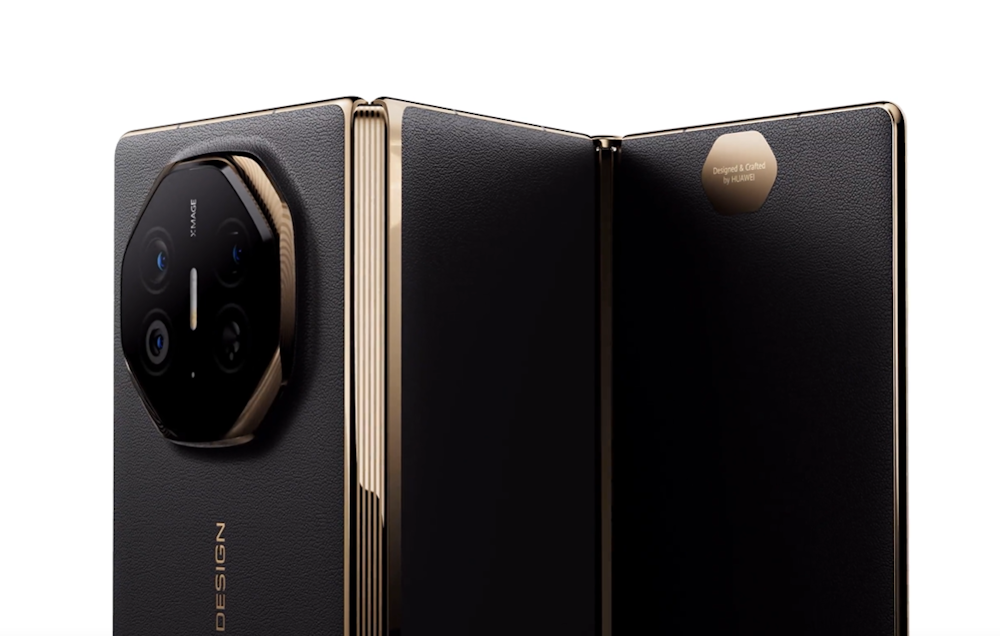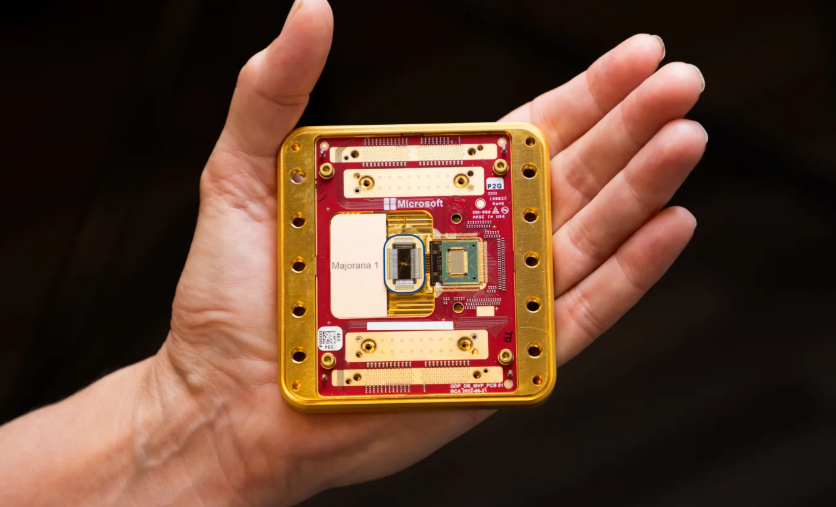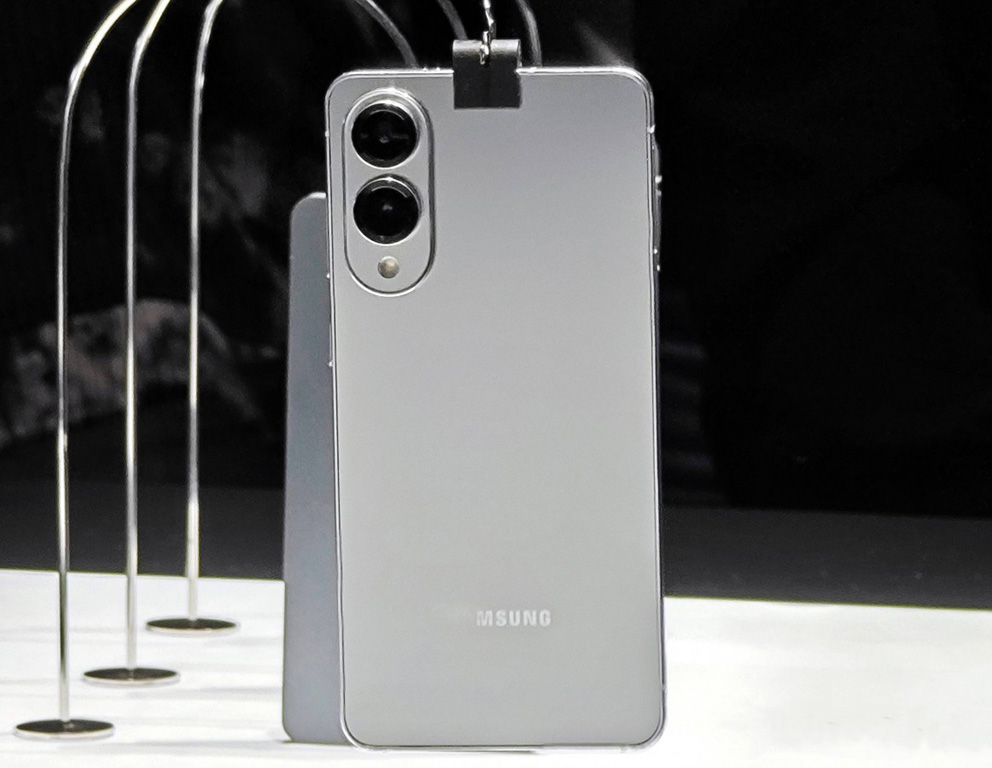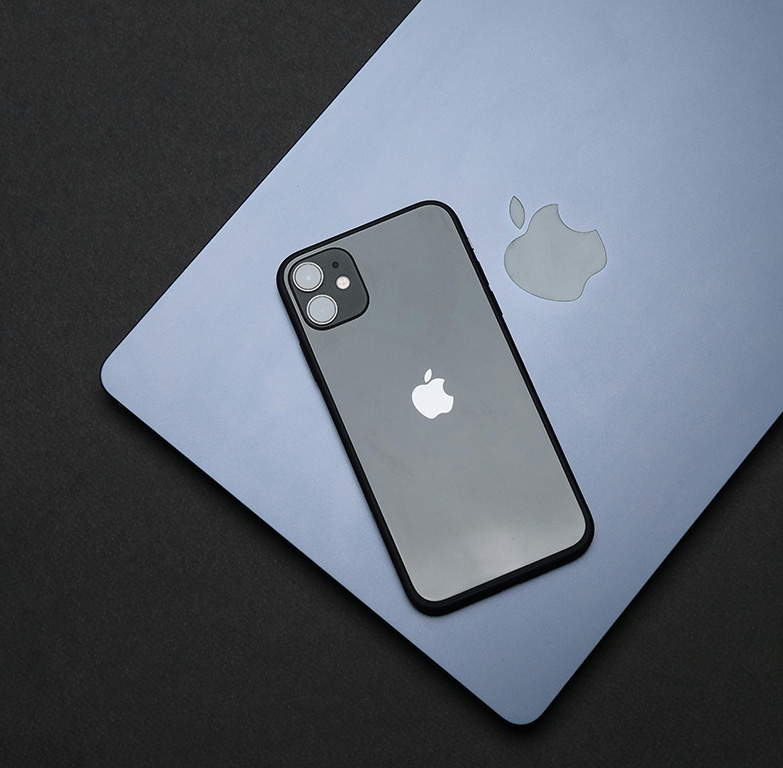Image Credit: Huawei
Huawei has just launched the Mate XT outside China, and the world’s first trifold phone is turning heads. Priced at a steep €3,499 (around $3,662), the device promises to offer something unique: a phone that transforms into a tablet. But is it really a game-changer? or is it just another expensive experiment?
The Mate XT isn’t your usual foldable phone. It uses a dual-hinge design that lets the phone fold twice, giving you three different screen sizes: a 6.4-inch phone, a 7.9-inch expanded display, and a full 10.2-inch tablet. For those who love multitasking or watching movies on a bigger screen, it sounds pretty awesome. Under the hood, the phone is powered by Huawei’s HiSilicon Kirin 9010 processor, with 16GB of RAM and up to 1TB of storage. It runs on HarmonyOS 4.2, which, while solid, still isn’t as popular as and widely adopted as Android.
At nearly $3,700, the Mate XT isn’t cheap—especially when you consider that it’s more expensive than many high-end laptops. So, who is this phone really for? Tech enthusiasts seem to appreciate the innovation, but many are questioning whether the price tag makes sense. After all, who needs a trifold phone when the current foldables already offer plenty?
While the Huawei Mate XT’s trifold design is undeniably intriguing, it comes with a hefty price tag. To put that in perspective, the Samsung Galaxy Z Fold, a popular bi-fold alternative, comes in at a significantly lower price, typically around $1,800. For many, this might raise the question: is the extra fold really worth the jump in price? Or should buyers stick with the proven and more affordable Galaxy Z Fold? The answer depends on how much value you place on innovation versus practicality. Could the Mate XT’s futuristic design justify the cost, or is it simply an expensive experiment? Only time will tell, but for now, the choice remains up to you.
Foldable phones already have durability issues, and the Mate XT’s extra fold adds even more risk. Huawei says they’ve tested the dual-hinge design, but we’ll have to see how it holds up long term. Battery life could also be a problem since running three screens at once could drain the 5,600mAh battery faster than you’d like.
The Huawei Mate XT is impressive, no doubt. It’s pushing the boundaries of smartphone design, but the high price and possible durability issues mean it might not be the breakthrough Huawei is hoping for. It’s a glimpse into the future of foldable tech, though whether it will lead the way or become a forgotten experiment is still uncertain. Will this trifold design spark a new wave of innovation, or will it remain a niche curiosity? Only time will reveal if Huawei’s bold move is truly the start of something big—or just another step in tech’s endless cycle of trial and error.
Watch: Huawei’s MateXT Video
Sources: Huawei











Leave a Reply